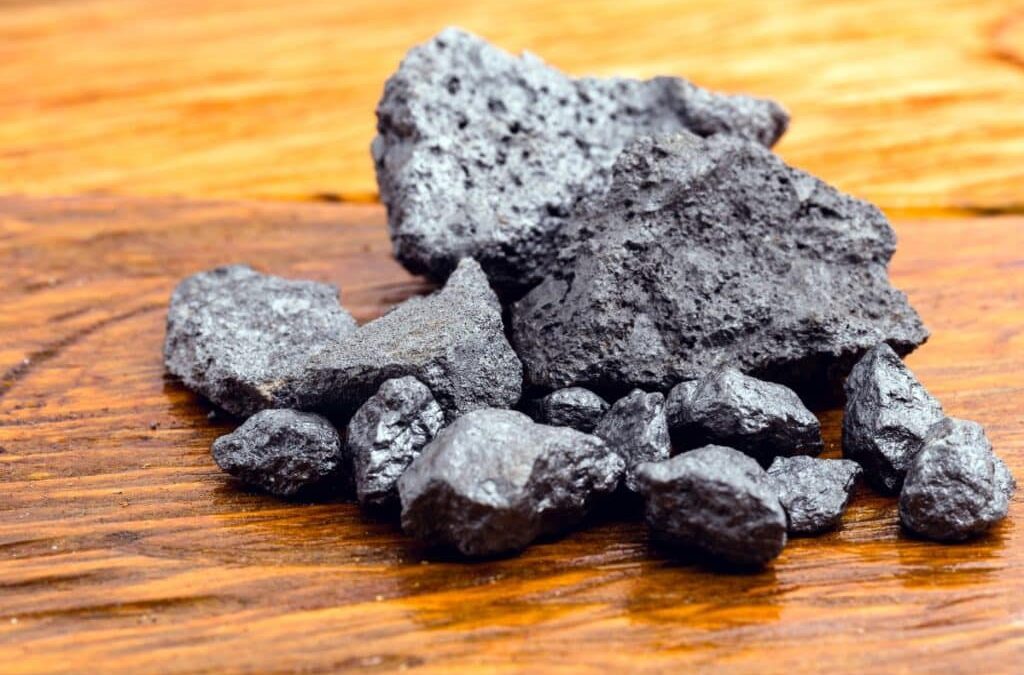WA1 Resources has revealed high-grade intercepts from its Luni carbonatite within the West Arunta project in Western Australia.
Located 490km south of Halls Creek, Luni was discovered in November 2022 in WA1’s first drilling program in West Arunta. To date, drilling at Luni has shown a shallow blanket of high-grade niobium mineralisation.
The assays from eight broad-spaced reverse circulation drillholes and 23 diamond drilling have provided WA1 with additional definition of the niobium mineralisation at Luni, ahead of the initial mineral resource estimate expected for release later this month.
“Today’s results provide the final assays for input into an initial mineral resource estimate, which will provide further insight into the immense niobium endowment discovered at Luni,” WA1 managing director Paul Savich said.
Two drill rigs are currently operating at Luni and are focused on extensional and infill drilling and metallurgical sample recovery rather than extending the resource’s size.
“Drilling is ongoing at Luni and we are still undertaking broad 200m-spaced grid drilling which is better defining and extending the bounds of Luni’s mineralisation,” Savich said.
“Samples are also being collected for future metallurgical testwork. Drilling will then move to infill activities to increase the resource confidence level and support mine planning and economic evaluation.”
Niobium is one of the 31 minerals listed on Australia’s critical minerals list, which outlines minerals that are essential to low-emission technology, the economy and national security, and whose supply chains are vulnerable to disruption.
According to Geoscience Australia, around 90 per cent of niobium is used within the steel industry, primarily as a micro alloy with iron in the construction and automotive industries.
It is also known as an important mineral in advanced lithium-ion batteries as it possesses fast charging capabilities, stable delivery of high energy densities, and improved safety in longer durability.



